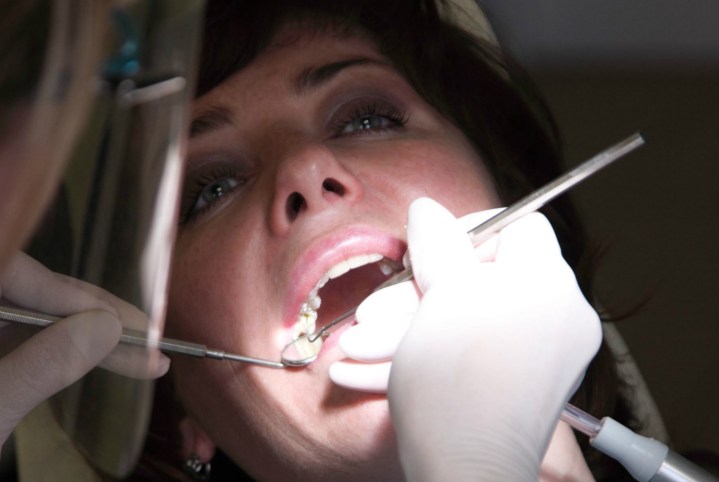
“Every person, living a normal life, suffers from dental caries/cavities,” Nima Tabatabaei, an assistant professor in the Department of Mechanical Engineering, told Digital Trends. “That is why dental cavities are considered as one of the most prevalent conditions worldwide, affecting 5 billion adults and children. However, if caries are detected at very early stages of formation they can be stopped from turning into a cavity through preventive actions such as oral hygiene counseling or fluoride therapy.”
One problem, Tabatabaei said, is that right now visual inspections and X-rays are the two main ways in which dentists look for cavities — and both rely on them being relatively advanced.

“In our recent work, we have shown that low-cost infrared cameras can be utilized, in conjunction with a simple laser system, for reliable detection of early dental caries,” Tabatabaei continued. “The wavelength [and] color of laser light is chosen such that it is selectively absorbed at early caries, and therefore the location and extent of early caries can be determined through signal processing of infrared camera frames.”
In a test on extracted human molars immersed in an acid solution, the technology developed by the researchers was able to detect cavity-causing lesions after only two days, compared with 10 days for them to become evident for a visual inspection.
From here, Tabatabaei said that there are two main phases in rolling this out as a mainstream technology: the first as a specialist tool for dentists, and the second as something that could be used by everyday consumers.
“The first system will be a clinical early caries detection device with marketing price of about $10,000 for dental offices,” he said. “The second system will be a self-care early caries detection gadget for iOS and Android mobile devices, using commercially available thermal imaging attachments.”
In the near future, Tabatabaei noted that he hopes self-care cavity detection gadgets like this will find their way into our bathrooms, where they can sit next to our toothbrushes.
Editors' Recommendations
- Insta360’s next camera could be amazing for lowlight photography
- How Fujifilm instant cameras are helping patients and nurses to connect
- 2020 iPhone could include a 3D camera system
- Blurams Outdoor Pro facial-recognition security camera helps you screen visitors
- A.I. cameras could help stomp out wildfires before they become disastrous


